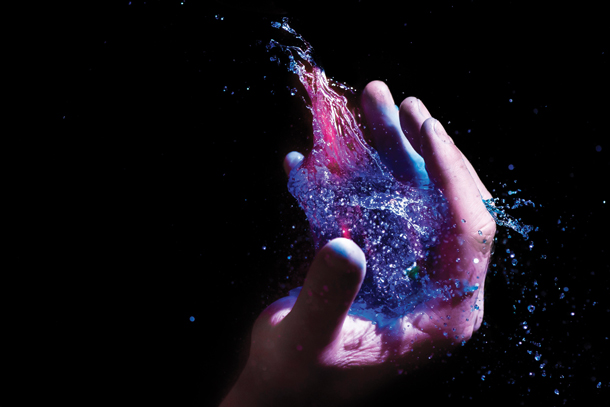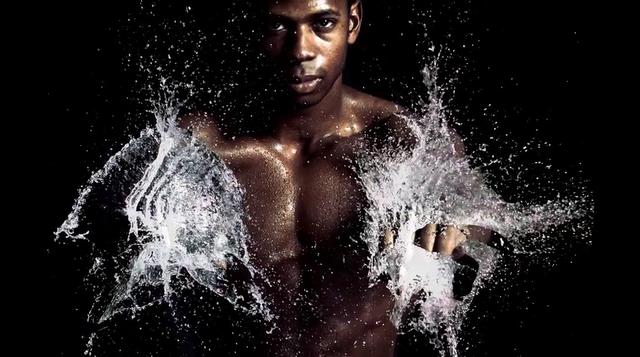HSS is short for High Speed Sync which is the type of photography that can only be used using a high-speed flash.
This is the kind of photography that is only seen in a photo studio but in today’s advances photographers can take advantage of this technology on location as needed.
This type of photography requires special equipment for it to work as expected because the way it works is that the high-speed flash is used to light up the details of an image by flashing just the subject in front of the complete image.
 Sounds easier said then done because the equipment needed is very expensive for your average photographer that is just taking shots using their camera and a flash…no matter how go the flash is in order to accomplish these type of images a photographer would need a light meter to measure in two ways reflective and using what is called incident mode which really means ambient light metering.
Sounds easier said then done because the equipment needed is very expensive for your average photographer that is just taking shots using their camera and a flash…no matter how go the flash is in order to accomplish these type of images a photographer would need a light meter to measure in two ways reflective and using what is called incident mode which really means ambient light metering.
The reason one would need a meter is because your average photographer assumes all they can rely on is the readings they get from their camera which is most cases the measurements will be off because all cameras only measure in reflective mode and are unable to messure the ambient light that is on the subject.
Reflective means that the camera sees the image and reflects the image back into the camera through the camera lens and then determines the exposure that it thinks should be used but this reading can be misleading because for example if your subject is wearing a dark dress or suit those dark areas are considered by the camera as to what is being calculated to determine the correct exposure but a meter can measure the ambient light which takes a reading close to the image and determines the exposure on the light that surrounds the subject which makes it extremely accurate.
Taking all that into account each professional camera will have it’s own range as to what it can capture so the more expensive the camera of course the more range it will have which is where a great meter will allow the photographer to profile the camera being used so the reading taken by the meter determines the ambient light as well as determines the best exposure that is based on the cameras dynamic range..
 With that said now add the element of the flash so now the photographer has to determine not just the ambient light but also how much power the flash will deliver per distance to highlight the detail of the image but also capturing what is in the background.
With that said now add the element of the flash so now the photographer has to determine not just the ambient light but also how much power the flash will deliver per distance to highlight the detail of the image but also capturing what is in the background.
To accomplish this the photographer has to take a reflective reading and also a ambient light reading and put it all together.
Another advantage of this kind of photography is that in traditional photography the photographer is limited to what the actual flash can do because what allows the light to be images the shutter speeds are generally slower which means that if the subject is moving in any way the image will come our blurred. And the reason for this slower shutter speeds is because most flashes only flash at full power and at one set speed so image that your flash will shoot at one speed your limited to what the shutter can be because your limited to what your camera can image at the speed of your flash.
In high speed sync photography, the flash burst is delayed by shooting small burst of flashes within milliseconds and not visible to the naked eye but what this does is it makes the flash duration longer which allows for much higher shutter speeds.
The rule of thumb is the higher the shutter the better you can stop the image from any blurring effect so if I was in a dark place lick shooting race cars at night and wanted to capture those cars detail without any grainy affects you increase your shutter speeds to 2000 of a second or higher which can be done with high speed sync flashes


